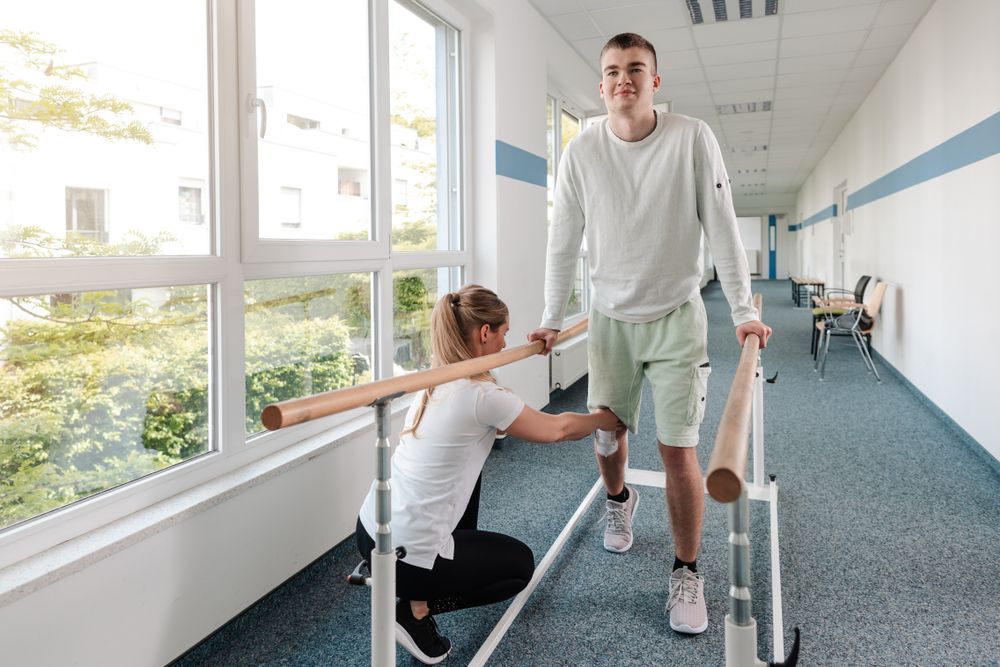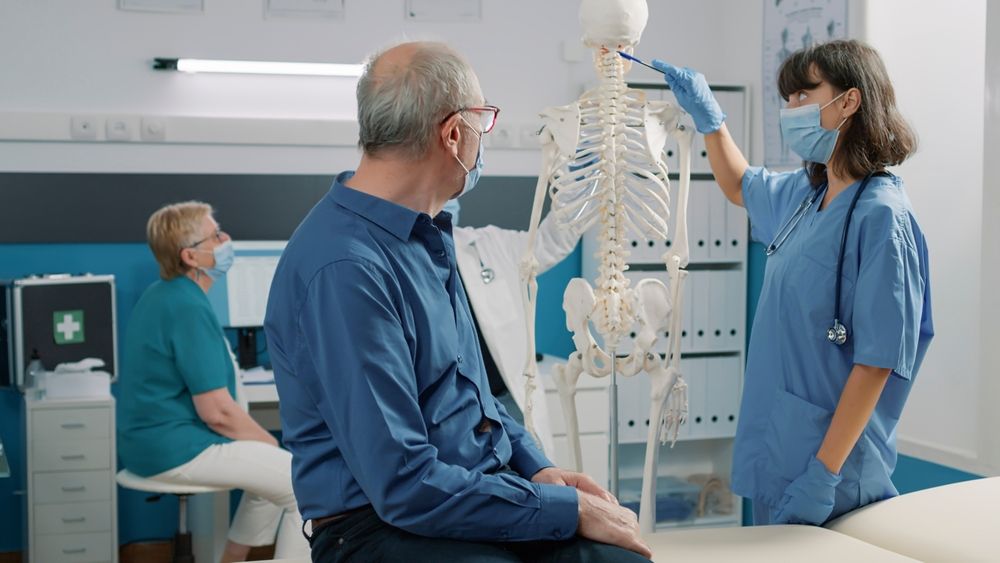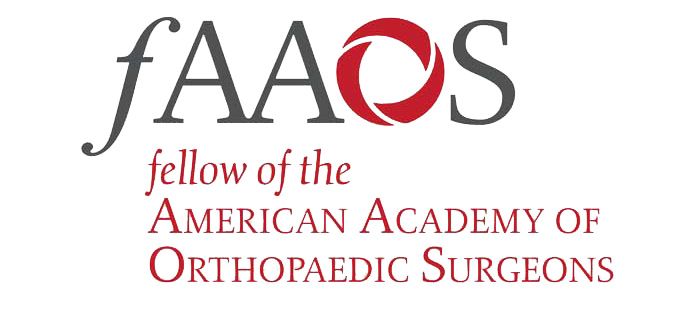As the most reoccurring form of arthritis, osteoarthritis affects thousands of people in the United States. Osteoarthritis risk increases with age and obesity, and because of these increased risks, there’s also a huge demand for knee and hip replacements. It’s also the most common cause of mobility disability globally, causing years of disability and limited quality of life. This is because right now, medical and rehabilitation treatments for osteoarthritis aren’t effective at delaying the structural progression of this disease, nor are any approved by regulatory agencies. Early detection matters because medical researchers can potentially provide better alternatives to joint surgery and help prevent osteoarthritis from developing later on in life through early identification.
Identifying Those At High Risk for Early OA
Recent studies have looked into the effects of the peripheral and central nervous systems on the development of osteoarthritis pain. These studies have suggested that by the time a person is diagnosed with osteoarthritis, it’s occurring at its most advanced stages, leading to changes within the bone structure and other abnormalities. However, some studies have also shown that bone MRI abnormalities are present several years before the disease develops into its advanced stages. Although these structural changes are not known to be reversible yet, these changes become even more challenging with the development of nervous system-related changes alongside osteoarthritis.
To better treat patients, it’s important to know what the symptoms of early osteoarthritis look like and what risks increase the likelihood of osteoarthritis later on in life. These risks include:
- Traumatic Joint Injury: One of the biggest risks identified is injuries to the joints, including osteochondral lesions, meniscal tears, and cartilage loss. By the time symptoms are present even after the injury has healed, roughly 80% of knees affected by a traumatic joint injury have malalignment issues, which increases stress along the affected regions of the joint, and cartilage loss can take place. In young people, recognizing these injuries presents a huge opportunity to potentially prevent the onset of OA early on through anti-inflammatory treatments and physical therapy early on.
- Age: Older populations are at higher risk of developing OA than any other age group, increasing steadily from ages 50 to 55. Muscle weakness, cartilage loss, neurosensory failure, and dramatic weight changes all increase with age. Because of these changes, targeting OA for persons in their early 30s to 40s can potentially pay off as a prevention strategy.
- Obesity: Obesity also plays a major role in the development of OA, as eliminating obesity can prevent up to n50% of all knee-related cases of osteoarthritis within the United States. The effects of obesity on osteoarthritis are complex, as obesity also increases the risk of hand-related OA and hip-related OA, suggesting that the effects of adipokines, or cell-signaling molecules, affect the body’s response to inflammation and OA-related effects. Negating these effects by bringing awareness to obesity can help reduce the patient’s risk of OA later on.
- Gender: More women are at higher risk of osteoarthritis than men in all joints except for the hips, and typical signs of osteoarthritis occur during or after menopause. This correlation between hormonal or estrogen loss and osteoarthritis is currently unresolved, but paying attention to these correlations can help prevent the onset of this disease.
The Feasibility of Identifying Early OA
Early identification techniques need to be adapted to the circumstances surrounding the increased risk of osteoarthritis across the country. Understanding the risks is key to preventing future damage to provide these techniques. Focusing on unique groups and performing x-rays, radiographs, and MRI scans of specific areas of interest can help identify symptoms such as cartilage loss and can help provide better early treatments for prevention. To know whether or not you’re in one of these high-risk groups, speak with your orthopedist to learn more.











